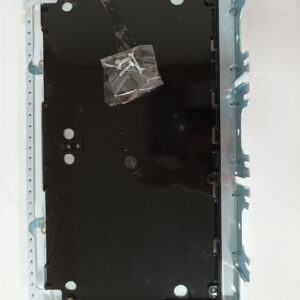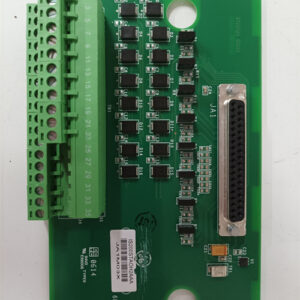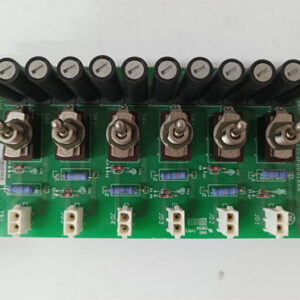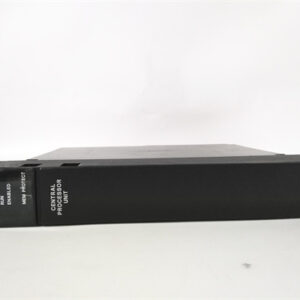الوصف
Product Brief Description
The GE 369B1874G5003 is a Digital Output Base (BDO12) module that serves as an Extension Relay Board. It provides 16 channels of digital output for switching AC loads. As an extension module, it’s designed to expand the I/O capabilities of a primary control module, allowing the system to handle a greater number of external devices.
Detailed Product Description
This module is a DIN rail-mountable component designed to work in conjunction with a main I/O module. Its primary purpose is to provide an additional 16 relay outputs, specifically configured for handling Alternating Current (AC) power. The “Extension” designation signifies that it doesn’t function as a standalone unit but rather as a slave or expansion board to a main controller. The use of mechanical relays for AC switching provides a high degree of electrical isolation, protecting the sensitive control electronics from the voltage and current spikes associated with AC loads.
Key Features and Specifications
- Part Number: 369B1874G5003
- Module Type: Digital Output Base (BDO12)
- Channels: 16 relay outputs
- Load Type: Designed for AC loads
- Function: Extends the I/O count of a main control module
- Mounting: DIN rail installation
- Output Type: Relay contacts for switching AC circuits
- Benefits: Electrical isolation, expansion of system I/O, robust for AC load control.
Functional Role in a System
In a typical industrial control system, a main I/O module handles the core logic and some number of local outputs. When more outputs are needed, the 369B1874G5003 extension module is connected. The main module sends control signals to the extension board, which then activates its 16 relays. These relays, in turn, switch the AC power to the connected external devices. This architecture allows for a modular and scalable system design, where you only add the I/O capacity you need.
Common Applications
This AC extension relay board is ideal for applications where a control system needs to manage many AC-powered devices:
- Manufacturing: Controlling AC motors, heaters, and lighting systems on a production line.
- Energy Management: Switching AC contactors for electrical loads in a building or facility.
- Process Control: Actuating large AC-powered solenoids or other high-power devices in a remote location from the primary controller.
- HVAC Systems: Controlling AC fans, dampers, and compressors in a commercial building.

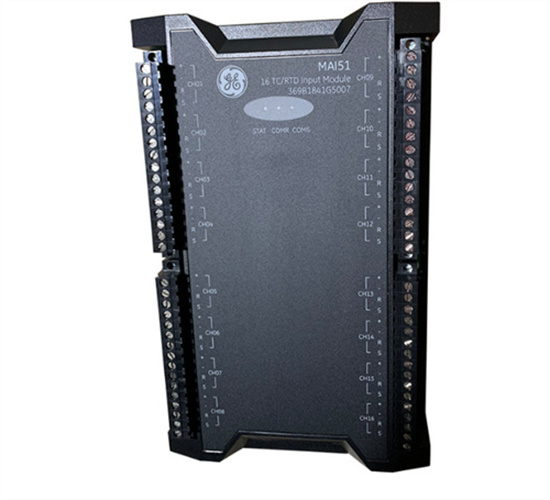
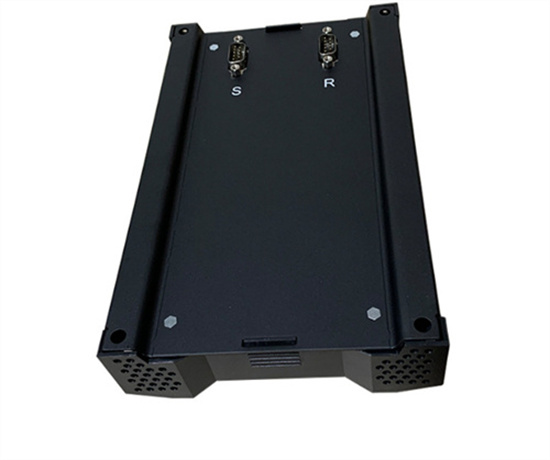

 +86 15340683922
+86 15340683922 +86 15340683922
+86 15340683922